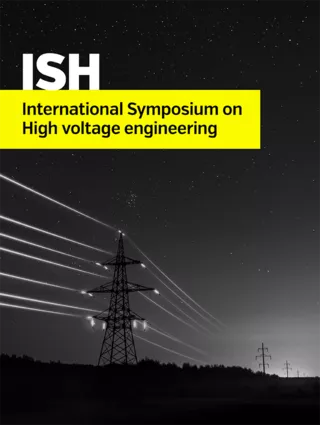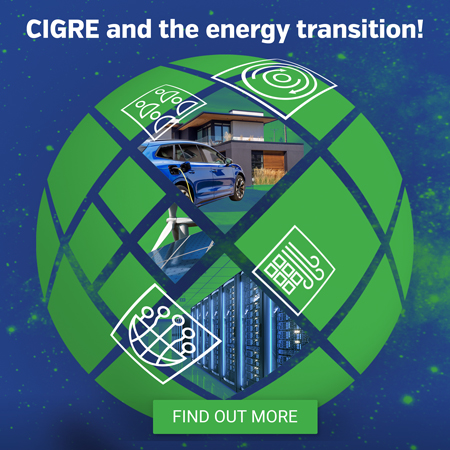Summary
During last decade, the importance of Overhead Transmission Lines (OTL) performance has significantly increased since the network transmission capacity became scarce due to introduction of considerable amount of renewable sources and demanding open market requirements. Lightning striking density presents one of important hazards affecting line operation security particularly in country’s southern regions. In this paper we will focus on the line lightning performance. Pursuing this goal it is possible to achieve the OTL robustness improvement through various measures such as additional ground wire installation, under built ground wire installation, abatement of the grounding resistance etc. It comes from our experience that a truly efficient and successful way to protect the OTL against lightning impact is the installation of Line Surge Arresters (LSA). The line performance or so called flashover rate is in such a case the function of the installed line surge arrester number and their distribution among phases and towers along the line. As a pilot project executed by the Slovenian TSO 212 line surge arresters were installed on a double circuit 110 kV OTL Gorica–Divaca, section Vrtojba–Sezana (length 29 km, tower numbers from 20 to 138). 30 pieces of selected arresters were equipped with surge arrester monitoring system. This system records the number of discharges through the arrester as well as their current amplitude with a time-stamp. It also measures the total leakage current and resistive component of arrester current. Reporting on this project the paper will present also some other noteworthy technical details. We selectively and hopefully installed lightning strike monitoring sensors on locations where a multitude of arrester operations is expected in order to obtain information about the number of events in that place and also on location where a smaller number of arrester operations is expected. This could prove that LSA in that place isn’t really necessary. The so refurbished line equipped with the LSAs was energised in first half 2014. Recently additional lightning strike monitoring system sensors from different manufacturers were installed. During this period enough data was accumulated necessary to carrying out the first performance analysis. The assembled monitoring systems data will be presented as well as the statistical analysis results showing the unplanned outages and successful auto reclosing since the LSA installation. The time-stamps obtained from monitoring devices will be crosschecked with automatic lightning location system SCALAR data. In this way the most likely lightning strokes and their peak currents will be identified. By the OHL protection triggered oscillograms that are also important for the analysis of events will be presented. The collected data may allow for checking the accuracy of the electro geometric modelling as well as of the calculated flashover rate. Finally, the useful conclusions drawn from the project experience will be presented and some suggestions to be respected in future projects will be exposed.
Additional informations
| Publication type | ISH Collection |
|---|---|
| Reference | ISH2017_230 |
| Publication year | |
| Publisher | ISH |
| File size | 648 KB |
| Pages number | 6 |
| Price for non member | Free |
| Price for member | Free |



